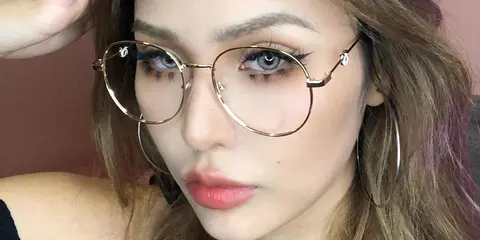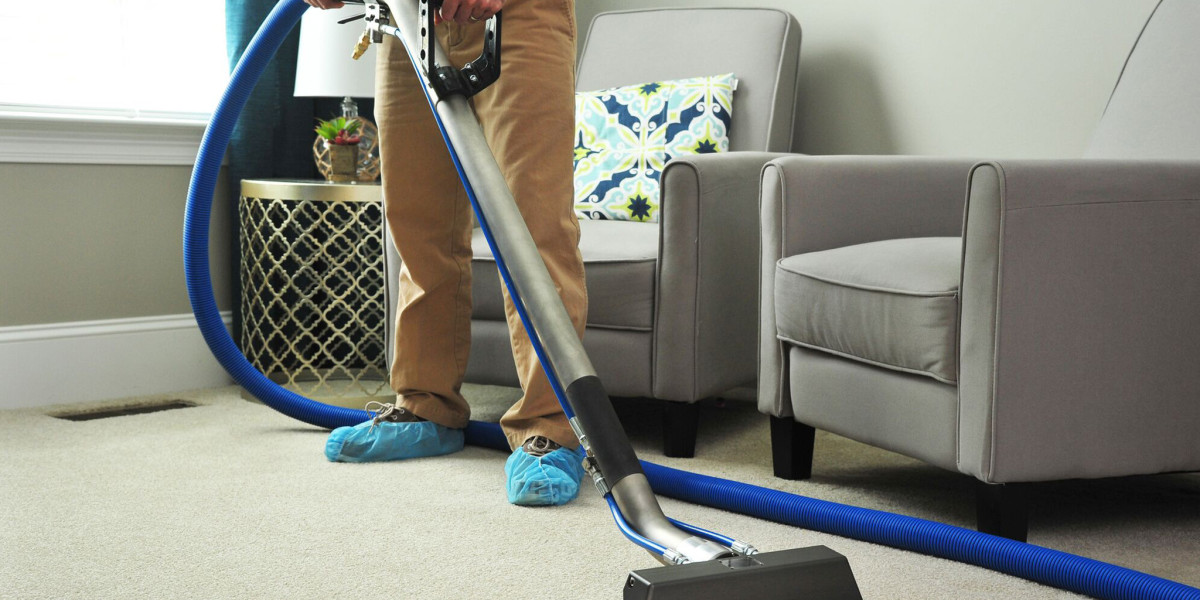The Secret to Finding Your Perfect Reading Glasses That You'll Love!
As we age, many of us begin to notice that our vision isn't what it used to be, particularly when it comes to reading small print. This is where reading glasses come in, providing essential correction for conditions like presbyopia, which affects nearly everyone over the age of 40. Reading glasses not only enhance your ability to read but also improve your overall reading experience by making text clearer and less straining on the eyes. However, with the multitude of options available today, it can be overwhelming to choose the right pair that fits your needs. This article aims to simplify the process by guiding you through the essentials of selecting the best reading glasses tailored to your vision and lifestyle.

Understanding Your Vision Needs
Before diving into the world of reading glasses, it’s vital to understand your specific vision needs. One of the most common issues requiring reading glasses is presbyopia, a gradual loss of the eye's ability to focus on nearby objects. This condition is natural and affects everyone as they age, typically becoming noticeable in the early 40s. Signs that you may need reading glasses include difficulty reading small print, headaches after reading, or holding reading materials at arm's length. To accurately identify your vision needs, consider scheduling an eye exam with an eye care professional. They can provide personalized recommendations based on your visual acuity and lifestyle, ensuring you choose glasses that will truly enhance your reading experience.
Types of Reading Glasses
Once you understand your vision requirements, it’s time to explore the different types of reading glasses available. The most common options include single-vision lenses, bifocals, and progressive lenses. Single-vision lenses are designed specifically for reading and provide a single focal point, making them ideal for close-up work. Bifocals, on the other hand, have two distinct optical powers, allowing wearers to see clearly at both distance and near. Progressive lenses offer a more seamless transition between distances without the visible line found in bifocals, providing a natural viewing experience. Each type has its own benefits, so consider how you intend to use your glasses when making your choice. A friend of mine, who recently switched from bifocals to progressives, was amazed at the difference in comfort and clarity, especially when reading for extended periods.
Factors to Consider When Choosing Reading Glasses
Choosing the right pair of reading glasses involves considering several key factors. First, the lens material is crucial—opt for lightweight and durable materials like polycarbonate or high-index plastic, which can enhance comfort without sacrificing quality. Frame style also plays a vital role; from classic designs to trendy options, your frames should not only complement your personal style but also fit comfortably on your face. Comfort and fit are paramount, as you'll likely wear these glasses for extended periods. Make sure the frames do not pinch or slide down your nose. It’s essential to try on various styles to find one that feels just right. A colleague of mine found that after trying on several pairs, a specific frame style not only looked great but also felt like a second skin.
How to Properly Fit Your Reading Glasses
Ensuring a proper fit for your reading glasses is essential for maximizing comfort and effectiveness. Start by checking that the frames sit comfortably on your nose without sliding or pinching. The lenses should align with your pupils for optimal visual clarity. Adjusting the arms of the glasses can help achieve a snug fit around your ears, preventing any slipping during use. Additionally, during your fitting, pay attention to any discomfort—if you experience pressure points or strain, it may be necessary to adjust the frames or consider a different style altogether. Regularly checking the fit of your glasses is also important; as your prescription changes or as you wear them over time, adjustments may be needed to maintain comfort.
Where to Buy Reading Glasses
When it comes time to purchase your reading glasses, you have a variety of options to choose from. Shopping online offers convenience and a wider selection, but it can be challenging to assess fit and comfort without trying them on first. On the other hand, visiting a brick-and-mortar store allows you to physically try on different styles and consult with knowledgeable staff. Whether you prefer the personalized experience of in-store shopping or the ease of online browsing, consulting with an eye care professional beforehand can provide invaluable guidance. They can help you determine your prescription needs and suggest suitable styles, ensuring you make an informed purchase.
Choosing the Right Reading Glasses for You
Finding the best reading glasses for your needs doesn’t have to be a daunting task. By understanding your vision requirements, exploring the various types of lenses, and considering factors like fit and style, you can confidently select a pair that enhances your reading experience. Remember to take your time during the selection process and consult with professionals when needed. With the right pair of reading glasses, you’ll not only improve your vision but also enjoy reading like never before!





